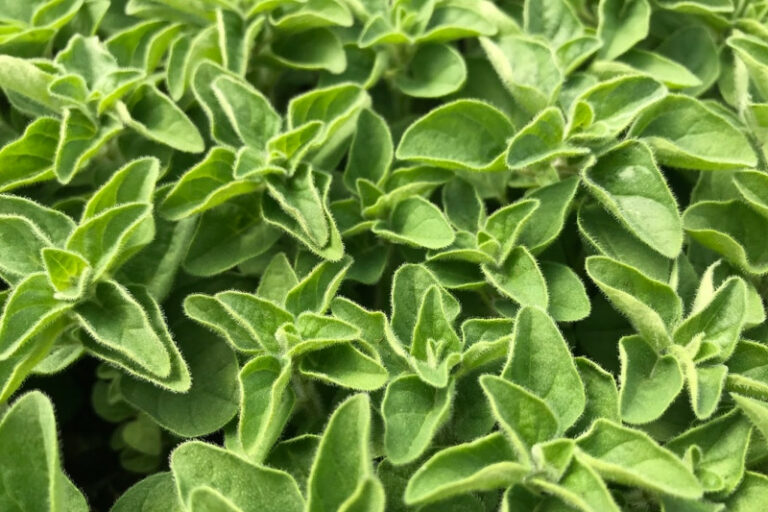This remarkable herb, scientifically known as Origanum vulgare, hails from the Mediterranean region and has captured the hearts of gardeners and chefs alike with its enticing aroma and versatility in the kitchen. With its vibrant green leaves and petite clusters of delicate pink or purple flowers, the Oregano plant adds a touch of natural beauty to any garden bed or herbaceous border.
One of the most appealing aspects of cultivating Oregano is its ease of growth. This herb graciously thrives in a variety of conditions, making it an ideal choice for both experienced gardeners and enthusiastic beginners. Whether you have a sunny garden plot, a balcony container, or even an indoor herb garden, Oregano will gladly flourish under your care. Its robust nature and resilience make it a forgiving plant that generously rewards your efforts.
Beyond the kitchen, this herb has a rich history of medicinal uses, believed to possess antiseptic, antimicrobial, and antioxidant properties.
Common Oregano Varieties:
- Common Oregano
- Italian Oregano
- Syrian Oregano
- Golden Oregano
- Greek Oregano
- Ornamental Oregano
Care
Caring for oregano plants is a delight for both experienced and novice gardeners. If you ever thought about growing your own at home, these tips will help you to get started now.
- Light: These resilient herbs thrive in full sun, but some varieties appreciate a little shade.
- Soil: Well-drained, sandy loam soil with a slightly acidic to neutral pH is ideal.
- Water: Oregano requires moderate watering, allowing the soil to dry out between waterings to avoid root rot.
- Temperature: It tolerates a wide temperature range but prefers 60-80°F.
Propagation
The most common ways to propagate oregano are through divisions and cuttings. Dividing a mature plant in early spring or fall, by separating the rootball, promotes bushier growth. Cuttings, taken during active growth in spring or early summer, can be rooted in water before planting. Oregano seeds require light for germination, so lightly cover them with soil in a moist seed-starting mix. Maintain warmth and indirect light for germination, then harden off the seedlings before transplanting.
Common Pests
Frequently Asked Questions
Oregano thrives in sunny locations, but in warmer regions like zone 7 and beyond, it benefits from partial afternoon shade, while well-drained soil with a pH range of 6.5 to 7.0 is ideal.
Where should I grow oregano?
Being a Mediterranean plant, oregano thrives in full sun and well-draining soil, making porous pots like terracotta a great choice, while adding grit to the planting hole is advisable for those with heavy, wet soil.
Does oregano need to be watered often?
For newly planted oregano, regular watering is essential, especially during the first summer, while established oregano in the ground becomes drought-tolerant and usually does not require additional watering; however, oregano in containers should be watered regularly during the summer months due to faster drying of the compost.
Can I grow oregano indoors?
Similar to thyme, oregano is well-suited for hot, dry, and sunny locations, making it a great choice for indoor cultivation if provided with sufficient direct light from a south- or west-facing window. When growing oregano indoors, it can be started from seeds or potted nursery seedlings at any time.

